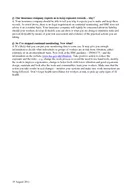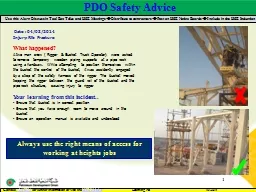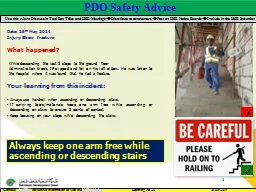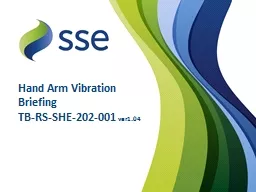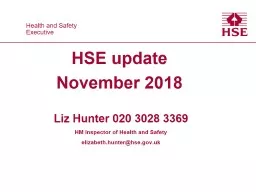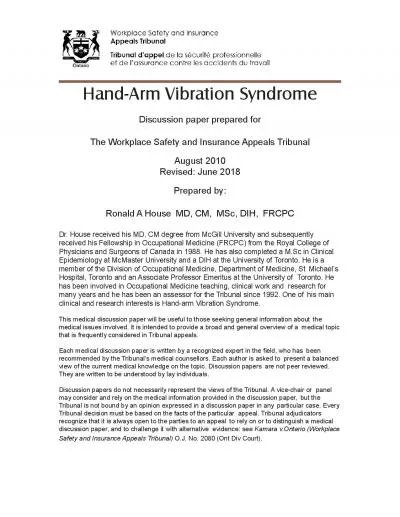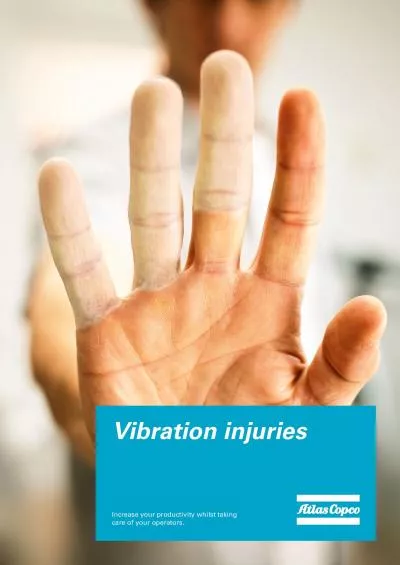PDF-Vibration exposure monitoring QA HSE inspectors commonly come across compan ies that are
Author : karlyn-bohler | Published Date : 2014-12-25
g using log books inline electrical and pneumatic timers or more sophisticated electronic timers Its a common theme of many queries to HSE too The following QA for
Presentation Embed Code
Download Presentation
Download Presentation The PPT/PDF document "Vibration exposure monitoring QA HSE ins..." is the property of its rightful owner. Permission is granted to download and print the materials on this website for personal, non-commercial use only, and to display it on your personal computer provided you do not modify the materials and that you retain all copyright notices contained in the materials. By downloading content from our website, you accept the terms of this agreement.
Vibration exposure monitoring QA HSE inspectors commonly come across compan ies that are: Transcript
Download Rules Of Document
"Vibration exposure monitoring QA HSE inspectors commonly come across compan ies that are"The content belongs to its owner. You may download and print it for personal use, without modification, and keep all copyright notices. By downloading, you agree to these terms.
Related Documents

